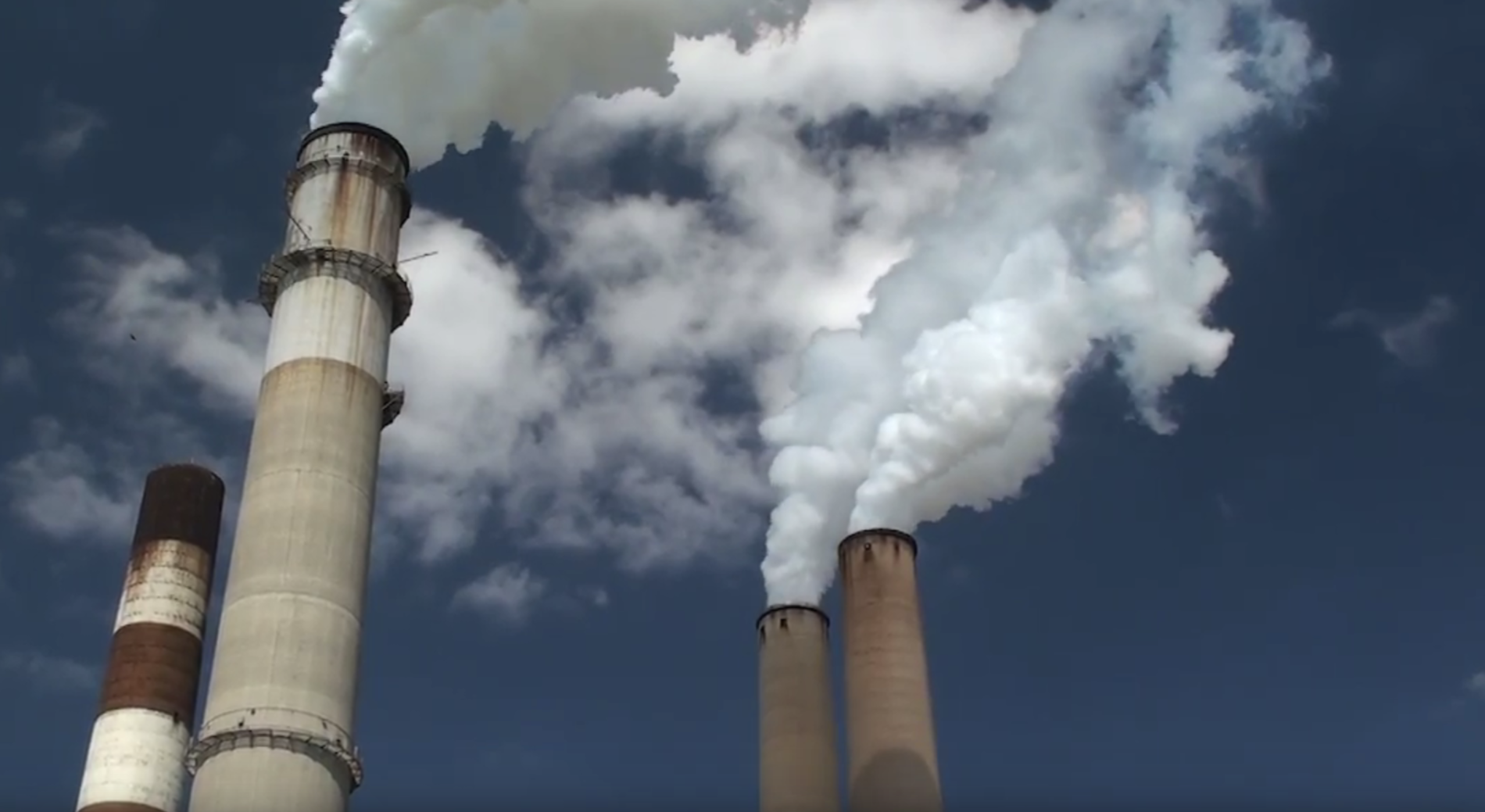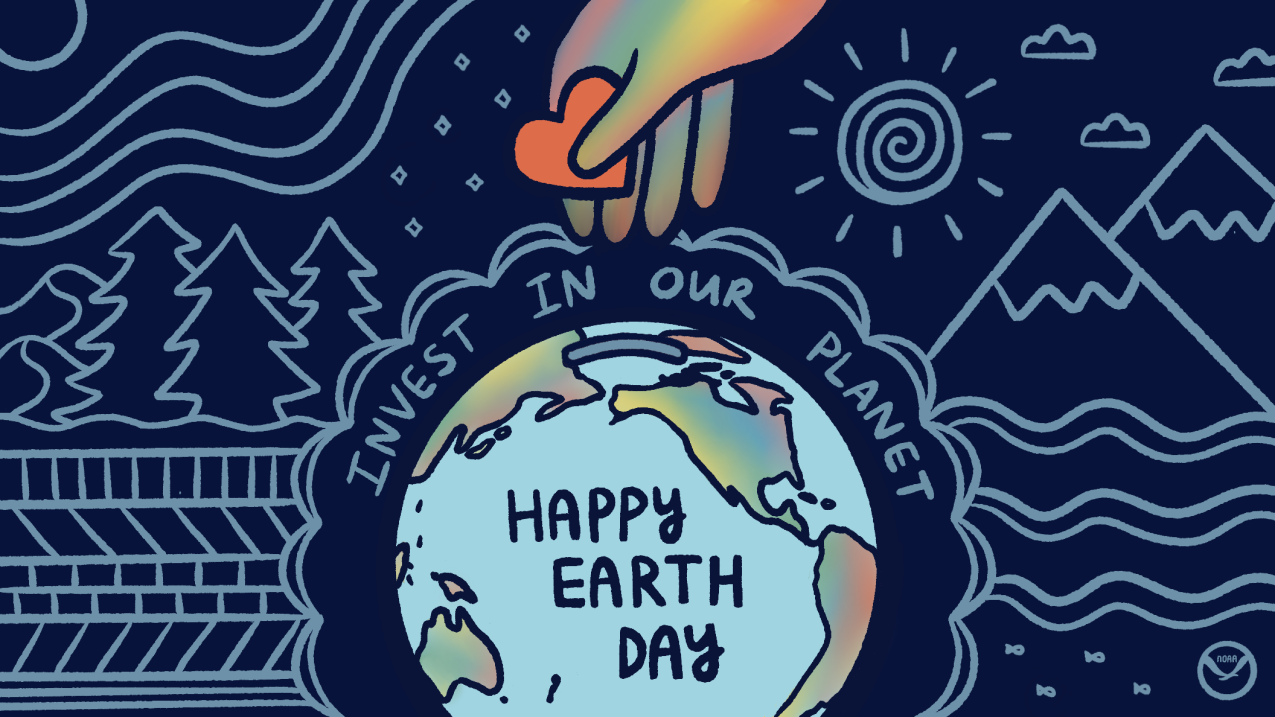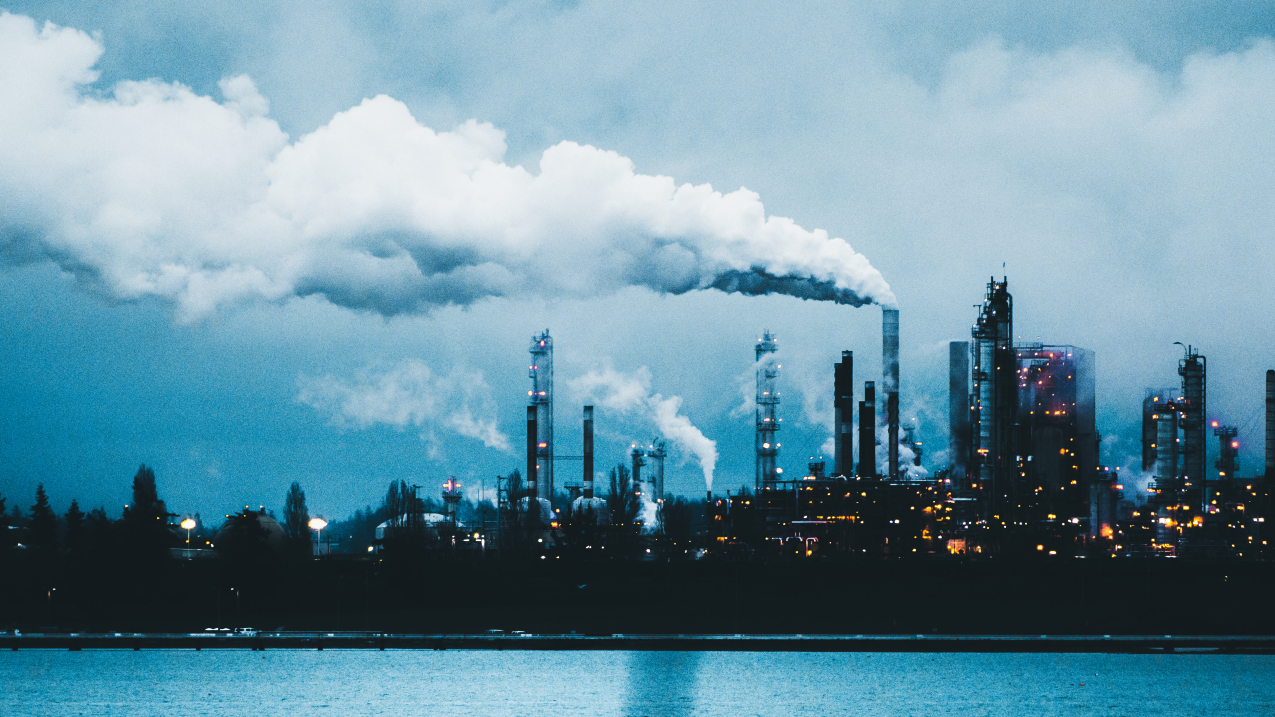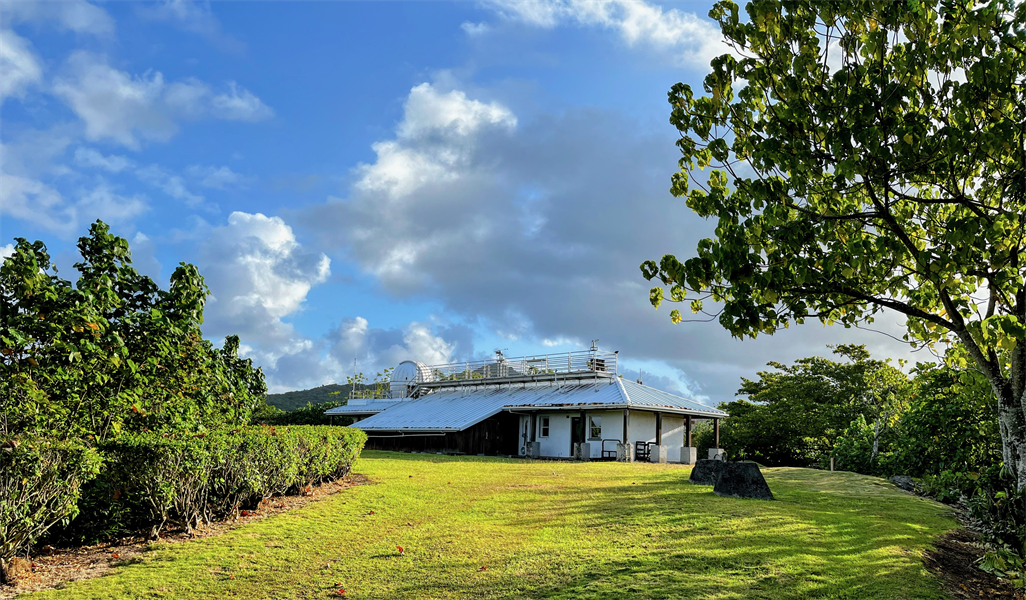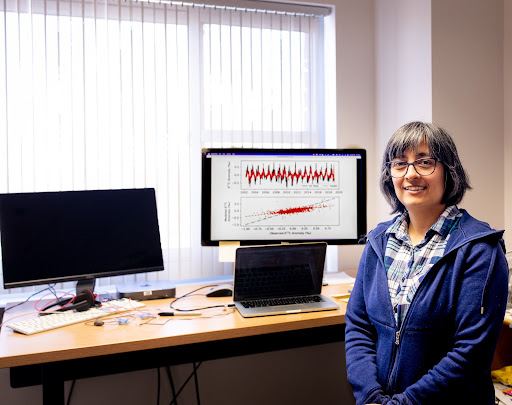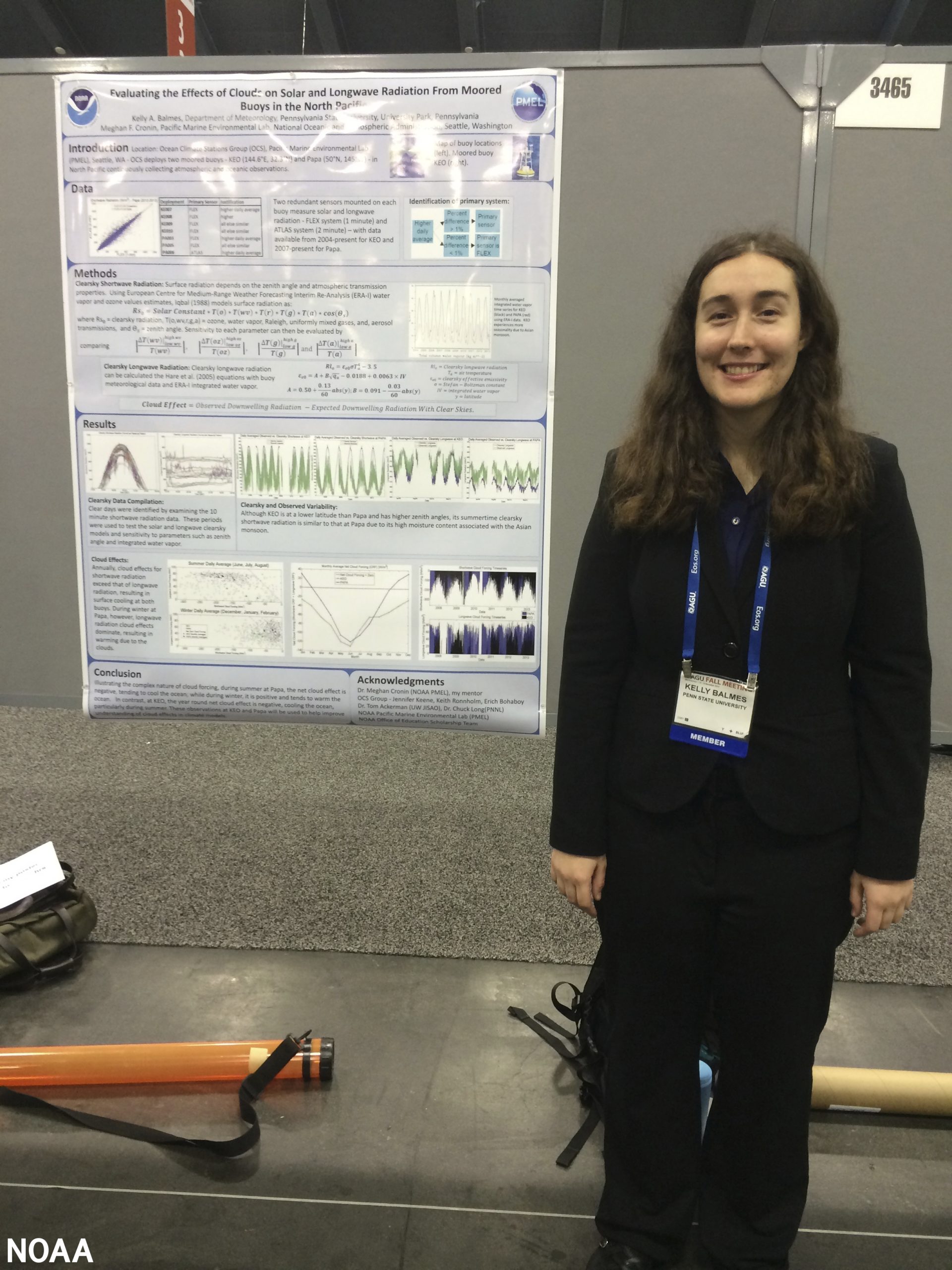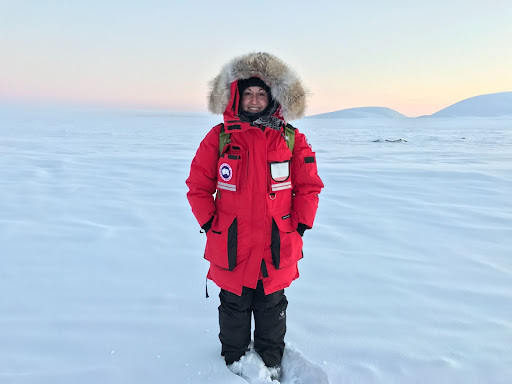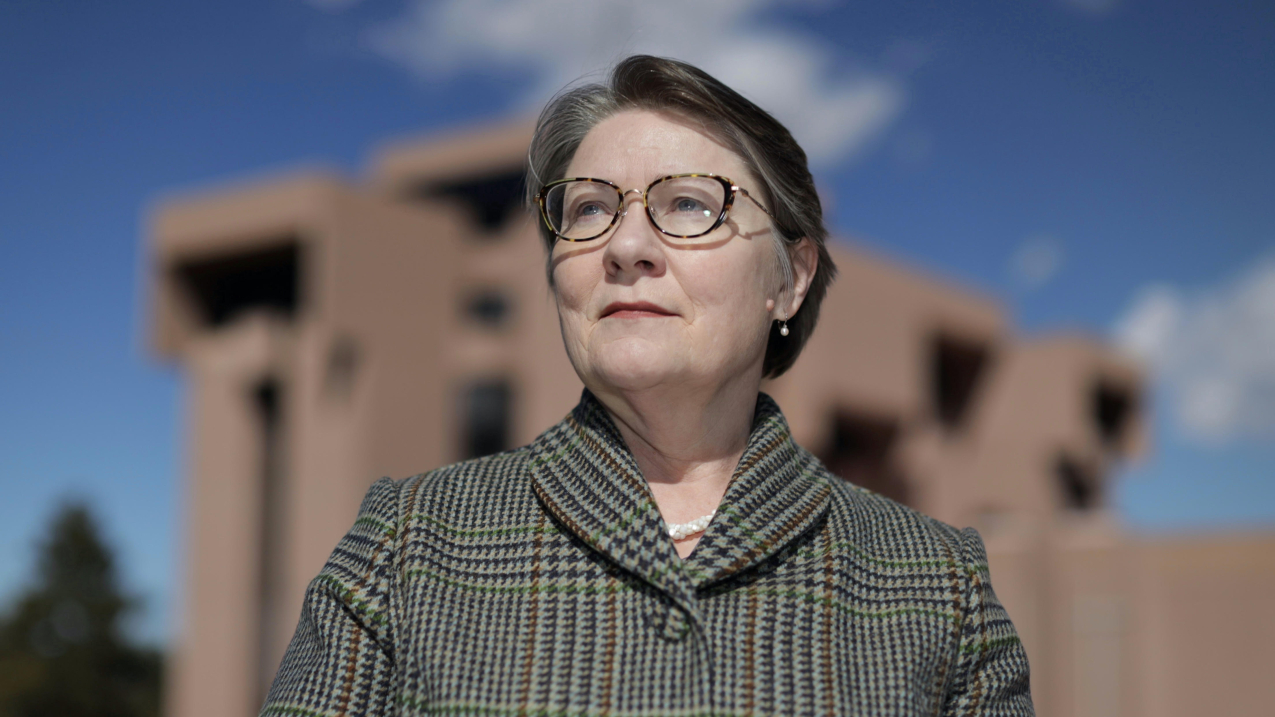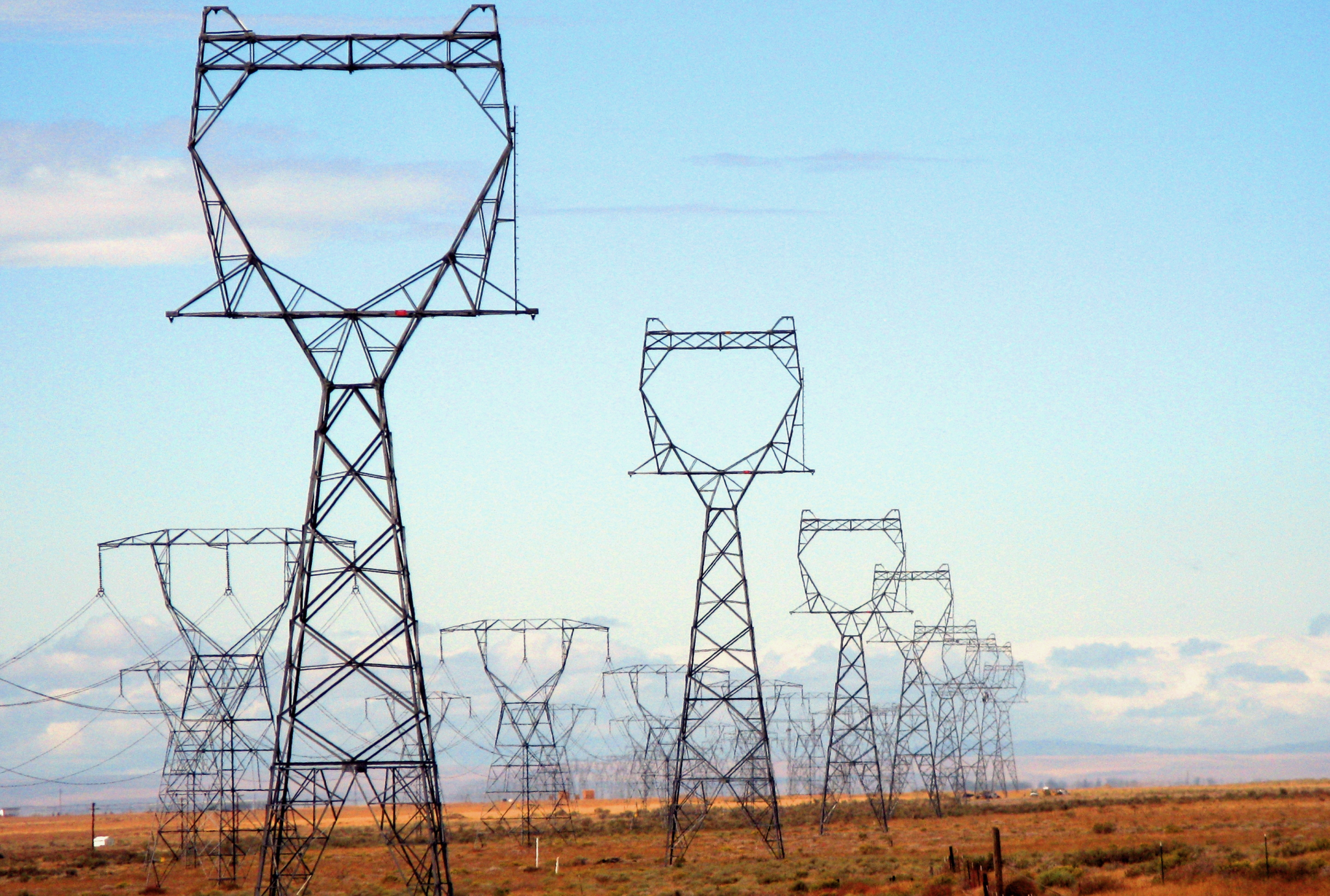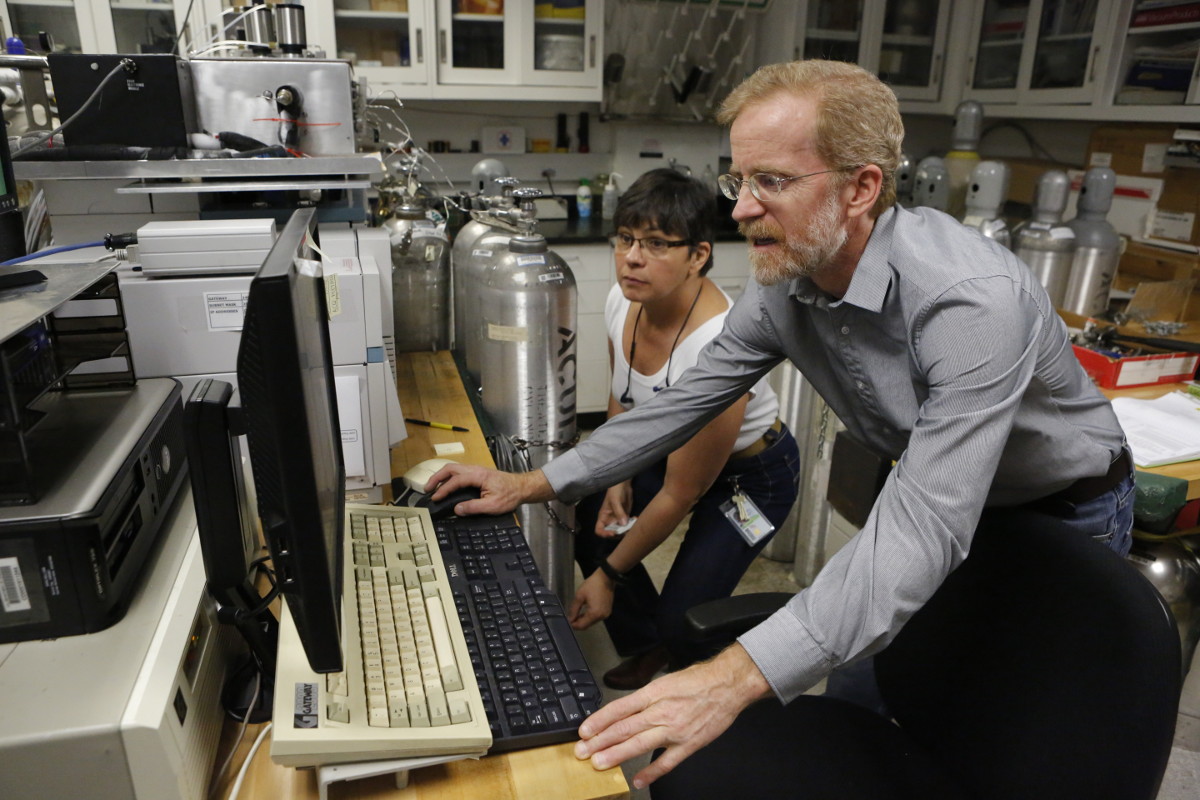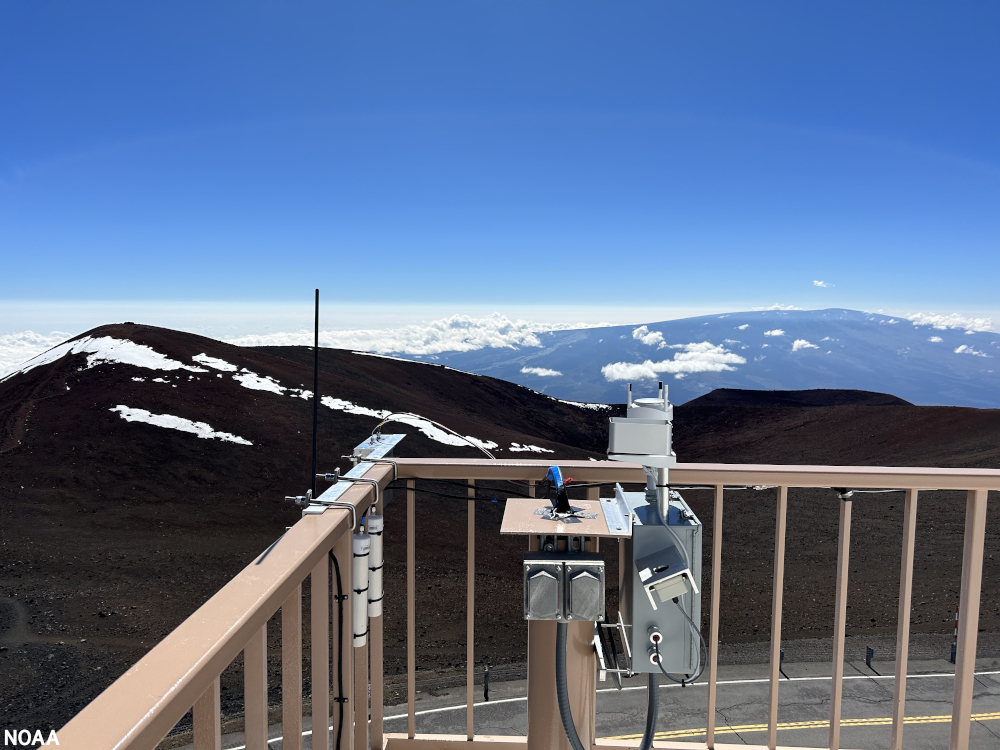News

June 5, 2023
Broken record: Atmospheric carbon dioxide levels jump again
Carbon dioxide levels measured at NOAA’s Mauna Loa Atmospheric Baseline Observatory peaked at 424 parts per million in May, continuing a steady climb further into territory not seen for millions of years, scientists from NOAA and Scripps Institution of Oceanography offsite link at the University of California San Diego announced today.May 23, 2023
NOAA index tracks how greenhouse gas pollution amplified global warming in 2022
Greenhouse gas pollution from human activity trapped 49 percent more heat in the atmosphere during 2022 than those same gases did in 1990, according to an annual NOAA report. NOAA’s Annual Greenhouse Gas Index, known as the AGGI, tracks increases in the warming influence of heat-trapping gases generated by human activity.April 16, 2023
#EarthDay: Invest in our changing planet now to secure a more livable future
Since the first Earth Day, billions across the globe have invested their time, creativity and energy to honor and nurture our home planet. In the decades since April 22, 1970, however, global climate change has had an alarming effect on Earth and its inhabitants. So how is NOAA addressing climate change and other environmental challenges?April 5, 2023
Greenhouse gases continued to increase rapidly in 2022
Levels of carbon dioxide (CO2), methane and nitrous oxide, the three greenhouse gases emitted by human activity that are the most significant contributors to climate change, continued their historically high rates of growth in the atmosphere during 2022, according to NOAA scientists.April 3, 2023
The Montreal Protocol banned this family of ozone-depleting chemicals. Why are some still increasing?
The Montreal Protocol contained an exception that allowed continued production of some CFCs in the manufacture of other chemicals, including ozone-friendly CFC replacements called hydrofluorocarbons or HFCs. Scientists are now drawing attention to this exception not just because rising emissions of these chemicals potentially complicate recovery of the ozone layer, but because they are also potent greenhouse gases contributing to global warming.March 23, 2023
Celebrating Women's History Month 2023 with Aleya Kaushik
To celebrate Women’s History Month, we asked women throughout NOAA Research to share how their work contributes to NOAA’s mission of preparing for a Climate-Ready Nation. This article highlights an interview with Aleya Kaushik, a CIRES research scientist working in the Carbon Cycle Greenhouse Gases group at NOAA’s Global Monitoring Laboratory.March 22, 2023
Celebrating Women's History Month 2023 with Kelly Balmes
To celebrate Women’s History Month, we asked women throughout NOAA Research to share how their work contributes to NOAA’s mission of preparing for a Climate-Ready Nation. This article highlights an interview with Kelly Balmes, a CIRES postdoctoral research associate in the Global Monitoring Laboratory (GML) Radiation, Aerosol, and Cloud Division.March 15, 2023
Celebrating Women's History Month 2023 With Sara Morris
To celebrate Women’s History Month, we asked women throughout NOAA Research to share how their work contributes to NOAA’s mission of Climate Resilience and preparing for a Climate-Ready Nation. This article highlights an interview with Sara Morris, a physical scientist and team lead for the Atmospheric Measurement Network under the Observatory Operations Division at NOAA’s Global Monitoring Laboratory (GML).March 13, 2023
Vanda Grubišić named director of NOAA Global Monitoring Laboratory
Vanda Grubišić, Ph.D., a research meteorologist and experienced scientific leader, has been named the director of NOAA’s Global Monitoring Laboratory in Boulder, Colorado. Grubišić will join one of the world’s preeminent research institutions for monitoring long-term changes in the atmosphere, including those caused by climate change. She starts on March 27.March 7, 2023
Potent greenhouse gas declines in the US, confirming success of control efforts
A new NOAA analysis shows U.S. emissions of the super-potent greenhouse gas sulfur hexafluoride (SF6) have declined between 2007-2018, likely due to successful mitigation efforts by the Environmental Protection Agency (EPA) and the electric power industry.February 6, 2023
Having dodged lava flows, NOAA's Mauna Loa research facility to get upgrades
NOAA’s Mauna Loa Atmospheric Baseline Observatory, the benchmark sampling site for monitoring global climate change, is slated to undergo a major renovation and facility upgrade once road access is restored over lava flows produced by the recent eruption of Mauna Loa volcano.January 31, 2023
NOAA Research scientist Stephen Montzka named 2022 AAAS Fellow
NOAA's Stephen Montzka, of the Global Monitoring Laboratory, was named today as a 2022 Fellow of the American Association for the Advancement of Science (AAAS).January 9, 2023
GML highlights at the AMS 2023 Annual Meeting
GML and CIRES researchers are presenting several talks and posters, and collaborating on others, at the 2023 Annual Meeting of the American Meteorological Society.December 19, 2022
University of Hawaii, NOAA to gather climate change data following Mauna Loa eruption
NOAA will partner with the University of Hawaii (UH) to collect atmospheric measurements at the Mauna Kea Observatories on the Big Island of Hawaii.December 6, 2022
GML highlights at AGU 2022 Fall Meeting
GML and CIRES researchers are presenting several talks and posters at the 2022 Fall Meeting of the American Geophysical Union, and collaborating on many more.

